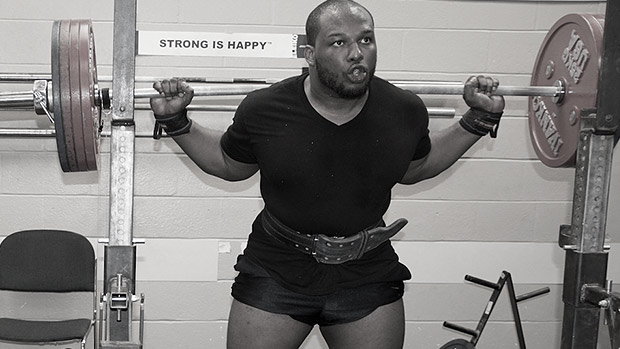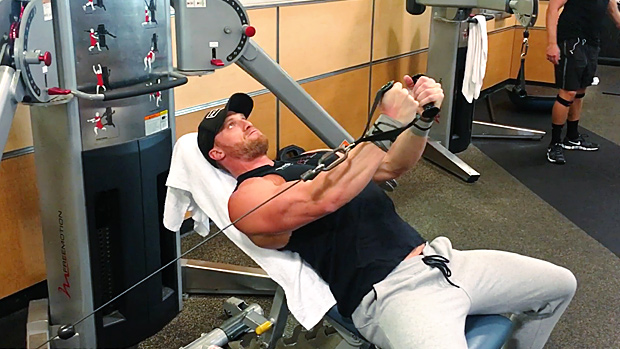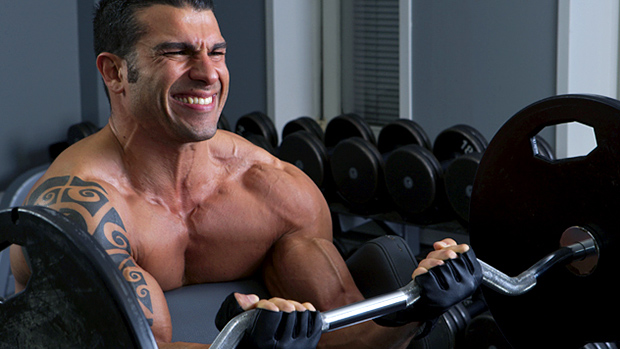Trying to just add weight or reps every workout can only work for so long before you're going to need a new muscle stimulus. But it's no secret that squatting makes you better at squatting. So if you're smart about it, squatting multiple times a week is beneficial... if you change the way you do it.
Ideally you'd have:
- A standard heavy day that you progressively load as normal
- A moderately heavy day
- A lighter technique/volume day
This way you could consistently build your squat without accumulating too much fatigue or making your joints explode.
Changing the complexity of the squat is one of the best ways to get that new stimulus. Building some of your leg sessions with harder variations will make normal squats seem like a treat and prepare you for when it's one-rep max day and you need to pull out a grinder. If you're not used to that struggle you'll crumble!
Two squat variations that I love are the pause squat and the one-and-one-half squat.
The Pause Squat
This is a great exercise to get extra time under tension and also build up strength in your bottom position. A lot of people going for a max back squat can sometimes struggle to reach depth. The pause squat helps build familiarity with the bottom position.
Remember to keep your core braced through the entire squat. Some people, especially those with good flexibility, tend to relax in the bottom which isn't a good idea. It's a lot harder to engage from a fully relaxed position, but it can also cause injury.
Your pause can be anywhere from 3 to 10 seconds. Just make sure you don't push until you become extremely light headed – also not a good idea with a barbell on your back.
The 1.5 Squat
One-and-one-half squats are another trick that's effective in building squat numbers. Here's how to do it: Squat down to full depth, come up to around parallel, then go back down to full depth, and finally stand up fully.
This is a surefire way to get the legs pumped. This is especially great for weightlifters that struggle to get out of the bottom of their lifts; it develops that speed and power necessary for Olympic lifting.
If you're limited with the amount of training sessions you have, the one-and-one-half squat and pause squat are great even for warm-up sets or drop sets. Ideally though, squatting multiple times per week is the best way. The more time you spend under the bar, the better you're going to be at moving it.





